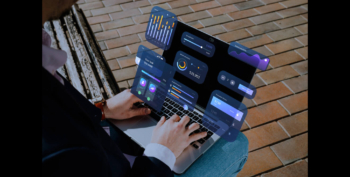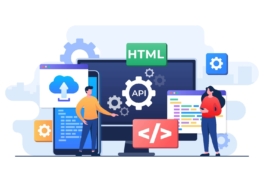Greetings! I'm Aneesh Sreedharan, CEO of 2Hats Logic Solutions. At 2Hats Logic Solutions, we are dedicated to providing technical expertise and resolving your concerns in the world of technology. Our blog page serves as a resource where we share insights and experiences, offering valuable perspectives on your queries.

QUICK SUMMARY
This guide helps businesses evaluate if headless commerce (separating frontend from backend) is right for them. It covers benefits (flexibility, speed, omnichannel capabilities), drawbacks (complexity, cost, technical requirements), implementation steps, and ROI considerations. Includes assessment tools and real case studies showing how businesses improved performance and expanded markets after making the switch.
So, you’ve been hearing about headless commerce everywhere, wondering if jumping on this bandwagon makes sense for your business?
As an agency that has helped dozens of businesses evaluate and implement headless commerce solutions, I can tell you this: it’s not right for everyone, but when it is, it can be transformative.
Let’s cut through the hype and figure out if headless commerce is truly the right fit for your specific business needs.
What is Headless Commerce?
Headless commerce is an ecommerce architecture where the frontend (the “head”) is decoupled from the backend (the commerce functionality).
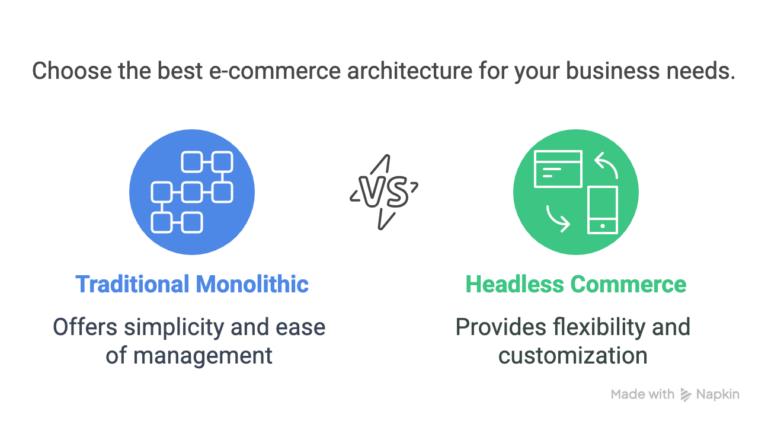
Think of it this way: your product catalog, inventory, payment processing, and other business logic live in the backend. The customer-facing elements, your website, mobile app, kiosk, and voice shopping interface, all connect to this backend through APIs (Application Programming Interfaces).
Signs Your Business Might Need Headless Commerce
Not sure if headless commerce is worth considering? Here are some tell-tale signs your business might benefit from making the switch:
- Your current platform feels limiting: You have creative ideas for customer experiences, but your platform can’t accommodate them.
- You’re managing multiple touchpoints: Beyond just a website, you’re selling through mobile apps, social media, IoT devices, or physical stores with digital components.
- Page load speed is an issue: Your conversion rates are suffering because your current site is too slow.
- You need frequent frontend updates: Your marketing team needs to launch campaigns quickly without waiting for developer resources.
- You’re planning significant growth: Your business anticipates expanding into new markets, channels, or product categories.
Ready to evaluate if headless commerce is right for your business?
We recently worked with a fashion retailer who checked three of these five boxes. Their conversion rates were tanking because their site was too slow during peak shopping seasons. After switching to headless, their page load times decreased by 64%, and conversions increased by 22%.
Benefits of Headless Commerce
When implemented correctly, headless commerce offers several significant advantages:
1. Flexibility and Customization
With headless, you’re not confined to templates or predetermined structures. Your design and UX teams can create truly unique customer experiences.
For example, one of our clients wanted to implement an augmented reality feature that allowed customers to “try on” products virtually. Their traditional platform couldn’t support this, but with headless architecture, we implemented it in just three weeks.
2. Omnichannel Capabilities
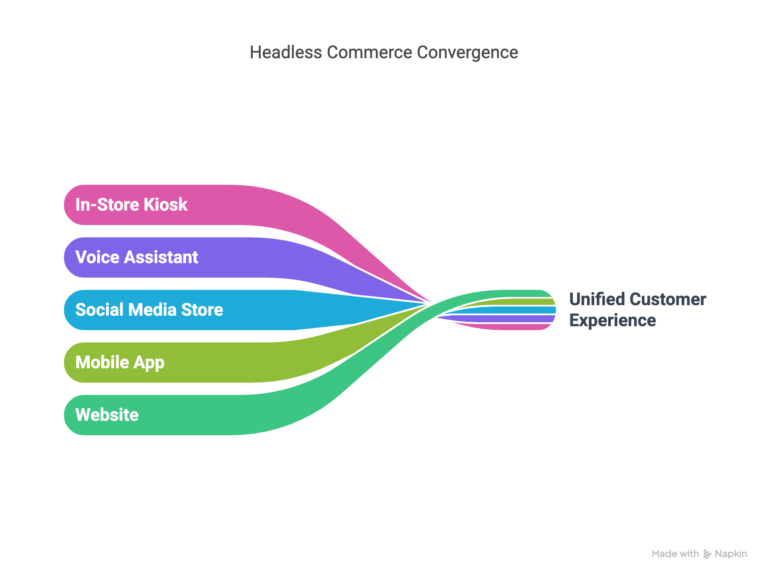
Headless makes it dramatically easier to deliver consistent experiences across multiple channels, from websites to mobile apps, social commerce, voice assistants, and in-store kiosks.
3. Speed and Performance
Headless sites typically load faster because they don’t let backend processes bog down the frontend, a crucial factor for user experience and SEO.
A 100-millisecond delay in website load time can cause conversion rates to drop by 7%. – Akamai
4. Easier A/B Testing and Optimization
Want to test different checkout flows? With headless, you can make these changes without disrupting your backend operations.
5. Future-Proofing Your Business
New customer touchpoints emerge all the time. Headless architecture makes it easier to adapt to whatever comes next, whether that’s shopping via smart mirrors, cars, or technologies we haven’t even imagined yet.
Pro Tip: When evaluating a headless solution, look beyond the immediate benefits. Consider how it will support your business in 3-5 years as new technologies and customer expectations evolve.
Potential Drawbacks to Consider
Headless commerce isn’t all roses. Here are some challenges to be aware of:
1. Increased Complexity
Managing separate systems for frontend and backend can introduce complexity in your tech stack and operations.
2. Higher Initial Investment
Building a headless solution often requires a larger upfront investment than using an all-in-one platform.
3. Need for Technical Expertise
You’ll need developers who understand APIs and potentially multiple technologies to maintain a headless system effectively.
4. Content Management Challenges
Without careful planning, managing content across decoupled systems can become challenging for marketing teams.
One client, a medium-sized electronics retailer, discovered that their marketing team struggled with the new content management approach after going headless. We had to invest in additional training and specialized tools to help them adapt.
Evaluating Your Business Readiness
Before jumping into headless commerce, evaluate these key factors:
Business Size and Resources
| Factor | Traditional Commerce | Headless Commerce |
| Budget | Lower initial investment | Higher initial investment |
| Team Size | Can work with smaller teams | Generally requires larger team |
| Technical Expertise | Minimal technical staff needed | Requires specialized developers |
| Timeline | Faster implementation | Longer implementation |
Business Goals Alignment
Headless makes the most sense when it aligns with your strategic objectives:
- Growth-focused: If rapid scaling is your priority, headless offers the flexibility to expand quickly.
- Experience-focused: If creating unique customer journeys is crucial, headless provides the creative freedom.
- Channel-focused: If you’re expanding to multiple sales channels, headless simplifies omnichannel strategies.
Implementation Roadmap
If you decide headless is right for you, here’s a simplified roadmap to get started:
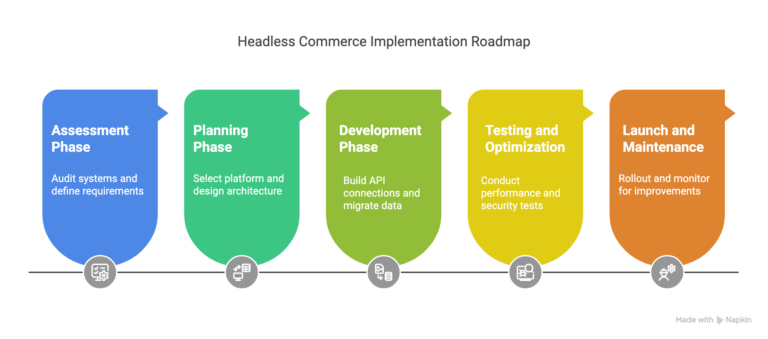
Pro Tip: When calculating ROI, look beyond direct sales increases. Consider operational efficiencies gained, marketing agility, and the value of being able to quickly adapt to market changes.
Case Studies
A mid-sized fashion retailer we worked with faced slow site performance and difficulty managing seasonal campaigns. After implementing a headless solution:
- Page load time decreased by 64%
- Mobile conversions increased by 22%
- Time-to-market for new features reduced from weeks to days
See how we helped similar businesses increase conversions by 30% with headless commerce.
Evaluating Your Business Readiness
To determine if your business is truly ready for headless commerce, consider these critical questions:
1. Scale Assessment:
- Is your business generating at least $1M in annual online revenue?
- Do you have at least 10,000 monthly visitors to your site?
- Are you selling in multiple geographic markets?
2. Team Capabilities:
- Do you have access to frontend developers?
- Is your team familiar with API-first development?
- Do you have the resources to manage multiple systems?
3. Strategic Alignment:
- Does your business strategy prioritize digital innovation?
- Are you planning to expand into multiple sales channels?
- Is creating differentiated customer experiences a priority?
If you answered “yes” to most of these questions, you might be well-positioned to benefit from headless commerce.
Ready to Explore Headless Commerce for Your Business?
At 2HatsLogic, we’ve helped numerous businesses evaluate, implement, and succeed with headless commerce solutions. Our team understands headless commerce isn’t just a technical decision; it’s a strategic business move requiring careful planning and execution.
Whether you’re just exploring options or ready to leap, we’re here to guide you through every step of the journey.
Contact us today for a free consultation to assess if headless commerce is right for your business and how to implement it successfully.
FAQ
How long does it typically take to implement a headless commerce solution?
From initial planning to full launch, expect 6-12 months for a complete implementation. However, with a phased approach, you can see benefits from specific components much sooner.
Can small businesses benefit from headless commerce?
While headless architecture is often associated with larger enterprises, forward-thinking small businesses with unique needs or growth plans can benefit, especially if they're willing to invest in the right technical resources.
Will my marketing team need special training?
Yes, most marketing teams need training to adapt to headless content management. However, with the right tools and processes, many find they ultimately have more creative freedom.
How do I choose between headless commerce platforms?
Consider factors like your existing tech stack, required integrations, budget, and specific business needs. Leading platforms include commercetools, BigCommerce, Elastic Path, and Shopify Plus (with headless capabilities).
Can I gradually transition to headless or is it all-or-nothing?
You can absolutely take a phased approach! Many businesses start with a specific channel or component before fully committing to a headless architecture.
Table of contents

Related Articles




